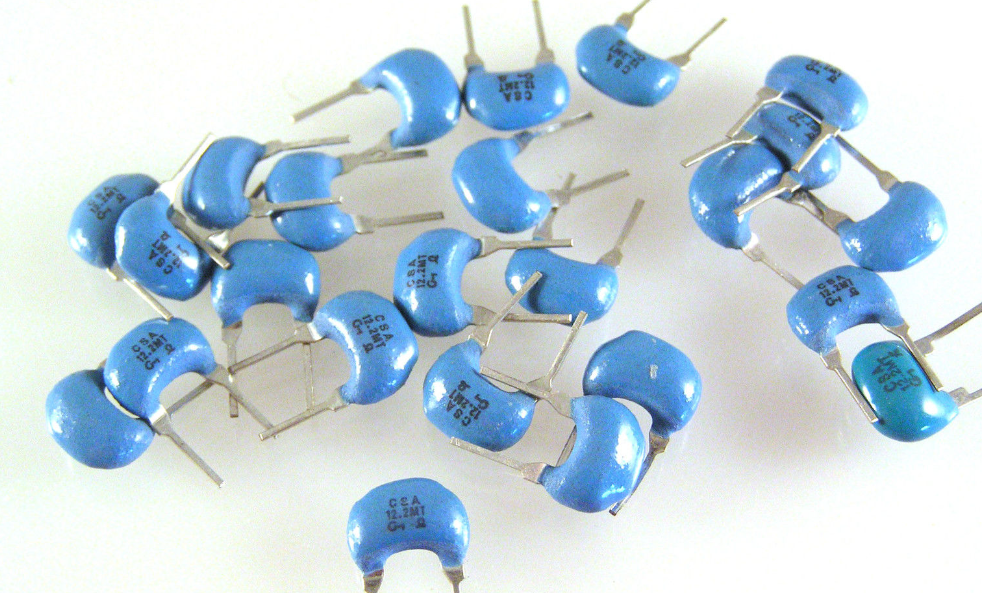
Female hand with smartwatch and health application icons nearby.
What is a Ceramic Resonator?

Similar to the Crystal Resonator, a Ceramic Resonator is also an electronic circuit or a device used to generate an output of oscillation frequency with the help of Ceramic as a resonating piezoelectric material.
The Crystal Resonator Vs the Ceramic Resonator

Though they both have the same working procedure & generate frequency oscillation as output, they have some difference in properties due to which the oscillator has replaced resonator in many cases, which are shown as below:
- Frequency Range
The Crystal Resonator has much high Q factor than that of Ceramic Resonator due to which Crystal Resonator has a frequency range of 10 KHz– 100 MHz range while the frequency range of ceramic resonator varies from 190KHz – 50MHz
- Output
Crystal Resonator provides high stability frequency output and the Ceramic resonator also provides stability output not that good as compared to Crystal Resonator. In terms of output frequency accuracy, Crystal Resonator provides much more accurate output than the Ceramic resonator for which parameters like temperature are a sensitive element. The accuracy for the oscillator is 10ppm-100ppm while for the resonator is 0.1% – 1%.
- Effect due to Parameters
For Ceramic resonator, the thickness of the ceramic material would determine the output resonant frequency while for Crystal Resonators the resonant frequency output depends on the size, shape, elasticity & speed of sound in the material. The Crystal Resonator has very low dependency on temperature i.e. they are highly stable even with changes in temperature and the ceramic resonator have a little more dependency on temperature than a Crystal Resonator. For a Quartz Crystal Resonator, the output characteristics depends on the vibration mode and angle at which the crystal is cut while in a ceramic resonator mainly the thickness matters.
- Tolerance & Sensitivity
The Crystal Resonator has less tolerance against shock & vibration while the ceramic resonator has a higher tolerance comparatively. Crystal Resonator has low ESD (Electrostatic Discharge) tolerance while the ceramic resonator has a high ESD tolerance.
- Material Used
Crystal Resonator is made up of Quartz as the piezoelectric resonator material while Ceramic resonators are made of Lead Zirconium Titanate (PZT), which is known as high stability piezoelectric ceramic material. The Crystal Resonator is difficult to manufacture while the ceramic resonator are easy to manufacture.
Applications
Ceramic resonators are used in microprocessor application where the frequency stability is not important while Crystal Resonators can be found in everything from televisions to children’s toys that have electrical components.
Ceramic Resonators are good for low-speed serial port communications while the crystal resonators have frequencies available to support high-speed serial communications.
In terms of clock- based applications, ceramic resonators are not very suitable for a Real-Time Clock/time-keeping clock while crystal oscillators may be suitable for time-keeping/RTC clock if tuned with a variable capacitor, expect few minutes drift per year if not tuned.




